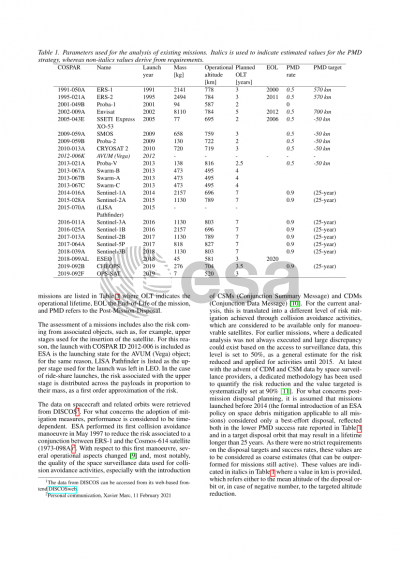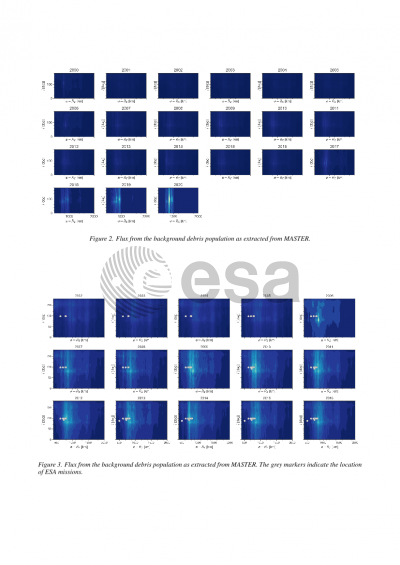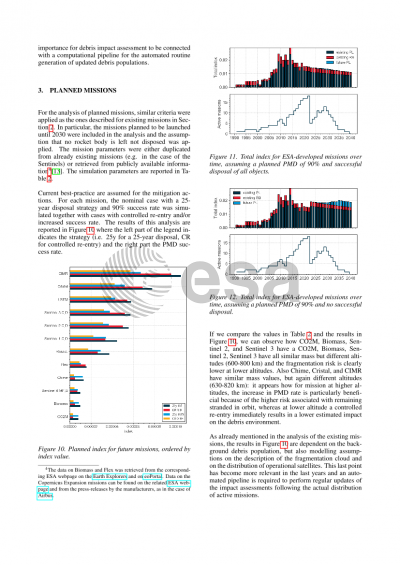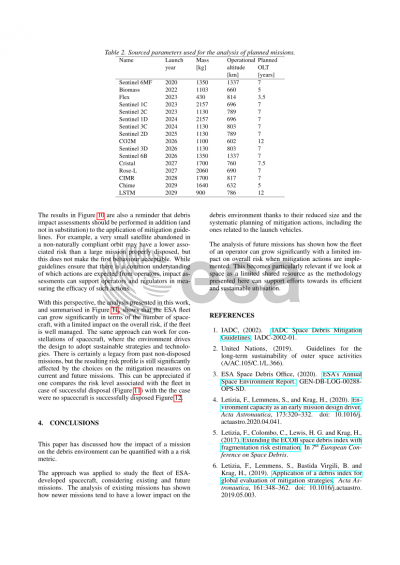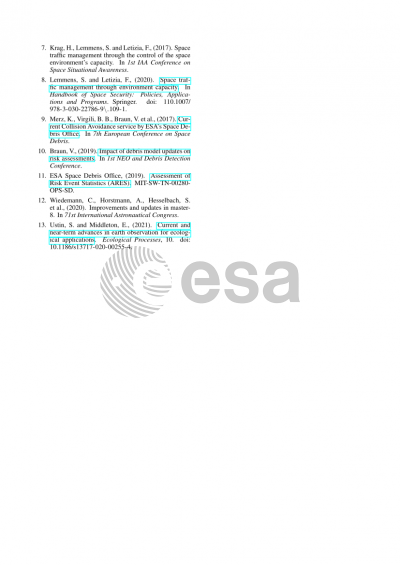Document details

Abstract
Ever since the start of the space age, there has been more space debris in orbit than operational satellites. Whereas the issue of space debris was initially not clear to operators, it has become nowadays a routine aspect in the operations of satellites to ensure the mitigation of the risk associated to it. A major milestone in this perception shift is represented by the publication in 2002 of Space Debris Mitigation Guidelines by the Inter-Agency Space Debris Coordination Committee, which have since served as a baseline to technical standards and contributed to build a common understanding of the required mitigation tasks. Follow-on considerations and more recent phenomena, such as the change in launch traffic to the Low Earth Orbit, driven by large constellations and small satellites, led to the publication by the United Nations on the guidelines for the Long-term Sustainability of Outer Space in 2018. These activities, among others, have triggered considerations on the estimation of the sustainability of space operations from a technical point of view.
A possible quantitative approach to space sustainability is the assessment of the impact of a mission on the space environment through a risk metric. In particular, in our work we apply a debris index that quantifies the probability that a spacecraft is involved in a fragmentation and the effect of this fragmentation on operational satellites. Aggregates of such assessment give a historical and future perspective on the utilisation of the space environment as a resource leading to the notion of the space environment capacity. This capacity can then be linked to the contribution of each mission to a potentially (un)stable space debris environment.
Such an indexing approach is applied here to evaluate a set of missions operated by ESA in Low Earth Orbit since its inception, looking at the cumulated risk associated to the ESA fleet, its variation over time, and the historical context, highlighting the positive trend associated to the progressive adoption of the above-mentioned mitigation measures. Firstly, the debris environmental impact of the different satellites is computed based on the mission plan, retrieving as much as possible historical data on disposal plans and assumed success rates. For already concluded missions, this value is then compared to the actual achieved performance; for on-going missions, the value will be compared with the one computed with the latest available data (e.g. with updated operational lifetime, in case of mission extensions). In addition, the assessment is carried out also considering all the mission objects, i.e. including for example the fragmentation risk associated to the upper stages used to insert the spacecraft in orbit and to any released mission related object. This will show how sustainable operations do not stop at the definition of a sound disposal plan for the satellite, but also include how the mission is deployed in orbit.
Planned missions will be also analysed highlighting which aspects appear to be the most effective in reducing the overall mission impact on the space environment. Such considerations are formulated to show the applicability of risk metrics in assessing the impact on the environment at large, and, therefore, contributing to the promotion of behaviours in line with the sustainable use of outer space.
Preview


